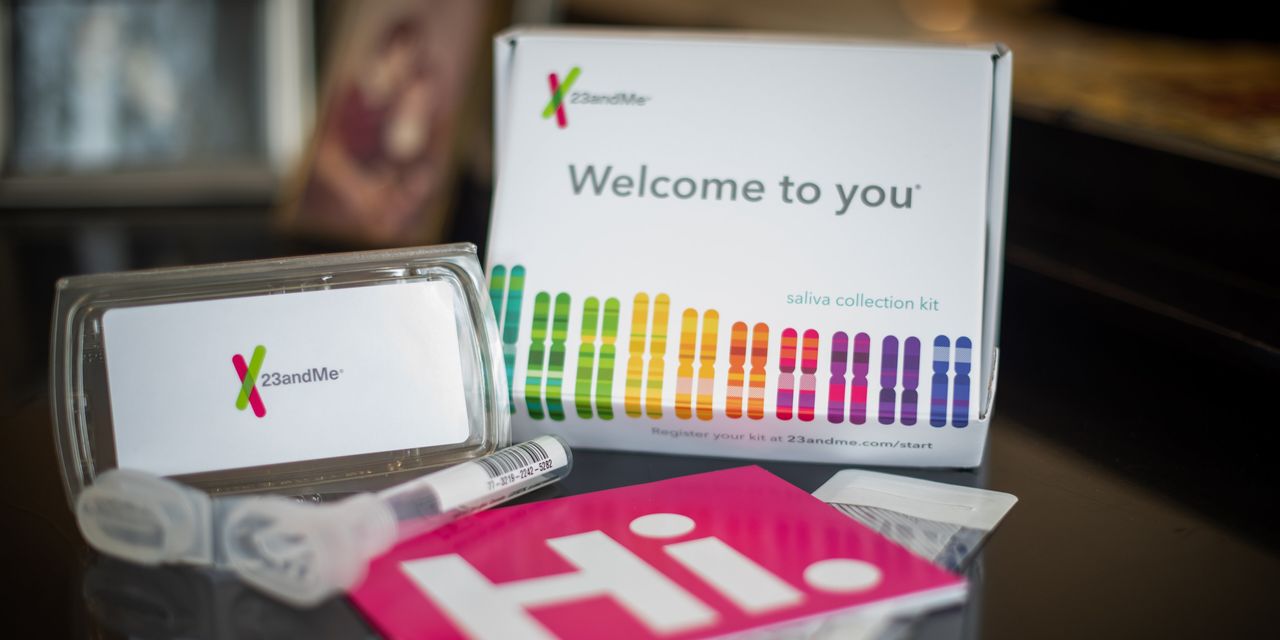
Yields, which rise when bond prices fall, drifted higher earlier in the session, then took another leg upward after the Fed released its latest policy statement and economic projections.
As investors widely anticipated, the Fed said it would double the pace at which it is winding down its pandemic bond-buying program. Most officials also indicated that they were prepared to raise their short-term benchmark interest rate at least three times next year, marking a major change from September, when they were evenly split over whether rates would rise at all before 2023.
Reaction from the bond market was fairly muted, with investors selling both short- and long-term Treasurys but showing little surprise at the announcement, which officials had broadly telegraphed in the weeks leading up to the meeting.
At the end of the trading session, the yield on the benchmark 10-year Treasury note settled at 1.460%, compared with 1.437% Tuesday. The yield on the two-year note, which is typically more sensitive to changes in monetary policy, rose to 0.683% from 0.657% a day earlier.
Overall, the Fed meeting marked “an execution of the hawkish pivot” that Fed Chairman Jerome Powell had signaled at a recent congressional hearing but was “not, as we can see from the price action, enough to really shock the overall U.S. rates market,” said Ian Lyngen, head of U.S. rates strategy at BMO Capital Markets.
The Fed’s turn to tighter monetary policy comes following a surge in inflation that caught many investors and economists off guard. Still, neither inflation nor the prospect of faster rate increases has done much to push up longer-term Treasury yields, defying the typical pattern.
Though investors have sold short-term Treasurys in anticipation of rate increases next year, they have largely kept buying longer-term bonds in the belief that the central bank won’t be able to raise rates very high before slowing the economy and being forced to stop.
In recent weeks, the emergence of the Omicron Covid-19 variant also has weighed on economic sentiment, providing a further drag on yields. As it stands, the 10-year yield remains well above where it ended last year at 0.913% but is still off its March highs, when it reached 1.749%.
Earlier Wednesday, yields had briefly dropped after the Commerce Department reported that sales at U.S. retail stores, online sellers and restaurants rose by a seasonally adjusted 0.3% in November from the previous month.
That was below the 0.8% increase forecast by economists surveyed by The Wall Street Journal. Sales excluding autos also were less than expected. Typically, weak economic data boosts demand for Treasurys by reducing investors’ expectations for economic growth, inflation and short-term interest-rate increases set by the Fed.
Yields, though, quickly recovered after the report, which was accompanied by better-than-expected data on New York state manufacturing activity. The Fed meeting also loomed over trading, giving investors reason to look past the new economic data.
Federal-funds futures—derivatives used by traders to bet on the path of interest rates—showed little change in investors’ rate expectations after the Fed meeting. The perceived likelihood of at least two 0.25-percentage-point rate increases stood at 89%, compared with 87% earlier in the day, according to CME Group data. The likelihood of three rate increases stood at 66%, compared with 62% before the meeting.
Write to Sam Goldfarb at [email protected]
Copyright ©2021 Dow Jones & Company, Inc. All Rights Reserved. 87990cbe856818d5eddac44c7b1cdeb8








